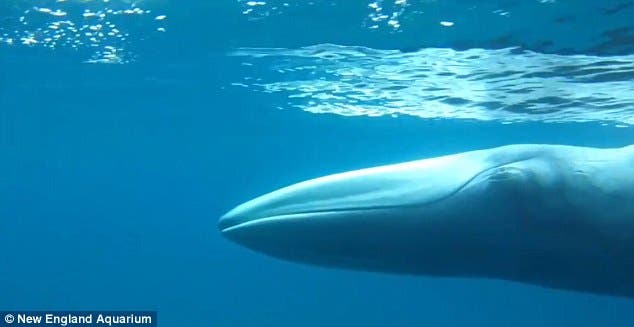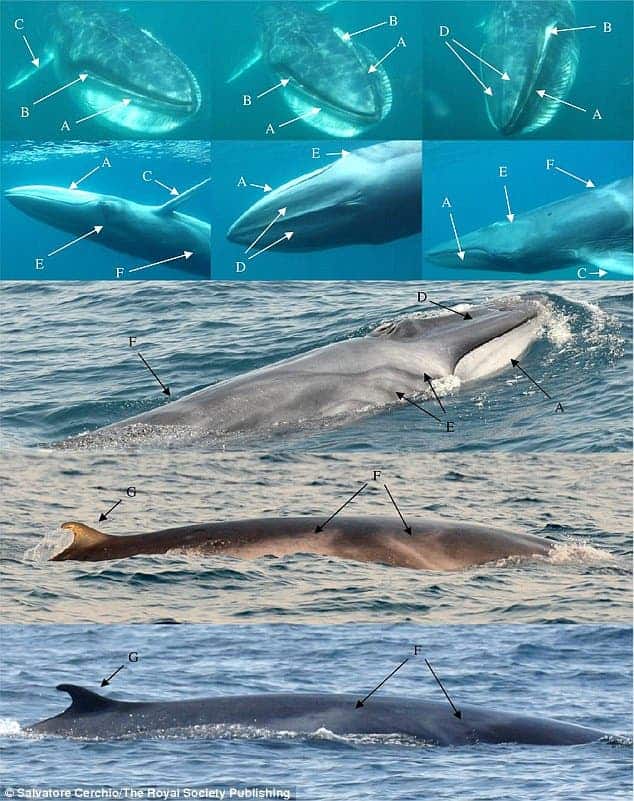A new finding is sending waves throughout the marine biology community: Omura’s whale, a whale so rare that researchers weren’t even sure if it exists anymore, was caught on tape for the first time.
The scientific description of this whale was made in Nature in 2003 by three Japanese scientists, but until now, a living specimen had never been examined by researchers in its natural environment. Salvatore Cerchio, who led the research while at the Wildlife Conservation Society and is a guest investigator at the Woods Hole Oceanographic Institution (WHOI) was thrilled:
‘Over the years, there have been a small handful of possible sightings of Omura’s whales, but nothing that was confirmed. They appear to occur in remote regions and are difficult to find at sea, because they are small-they range in length from approximately 33 to 38 feet-and do not put up a prominent blow.’

Omura’s whale is among the smallest of the whales, reaching from 9.6 to 11.5 meters.
‘What little we knew about these whales previously came primarily from eight specimens of Omura’s whales taken in Japanese scientific whaling off the Solomon and Keeling Islands and a couple strandings of dead animals in Japan,’ Cerchio said. This is the first definitive evidence and detailed descriptions of Omura’s whales in the wild and part of what makes this work particularly exciting.’

Along with the video footage, the expedition also observed 44 groups and were able to collect skin biopsies from 18 adult whales.






